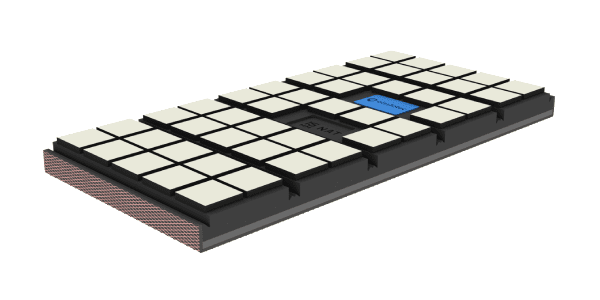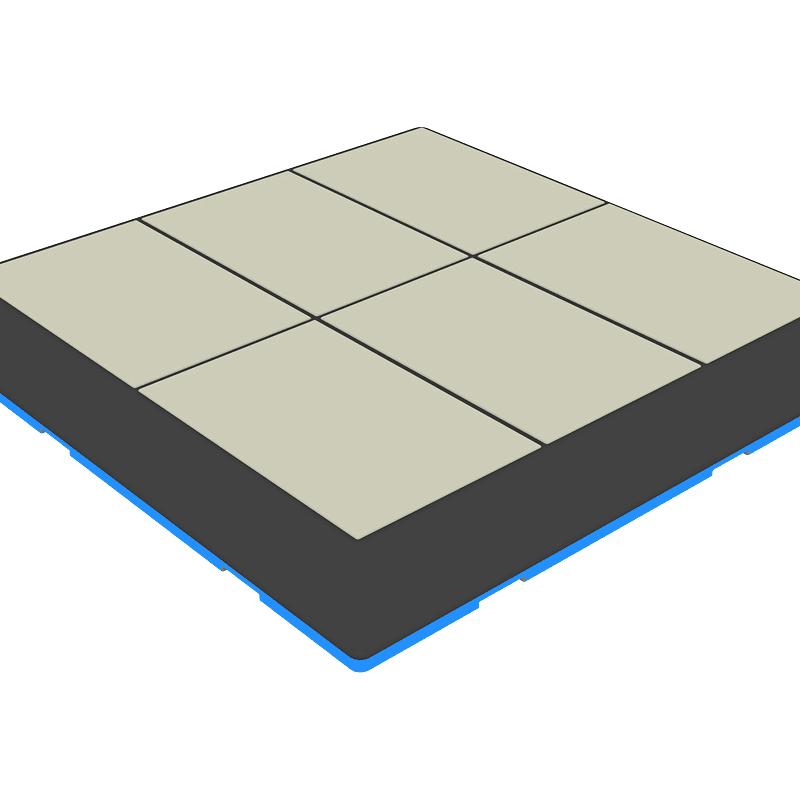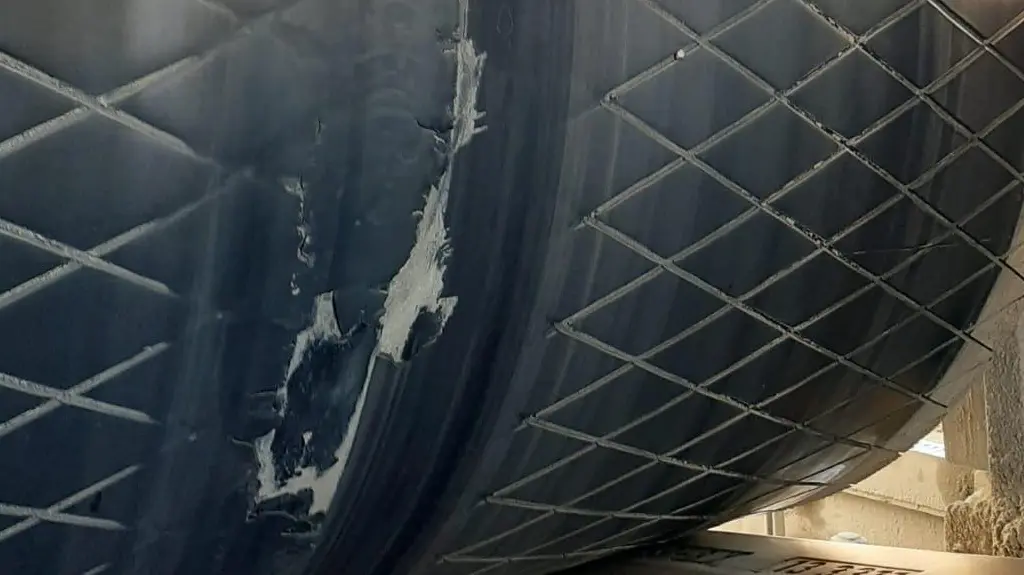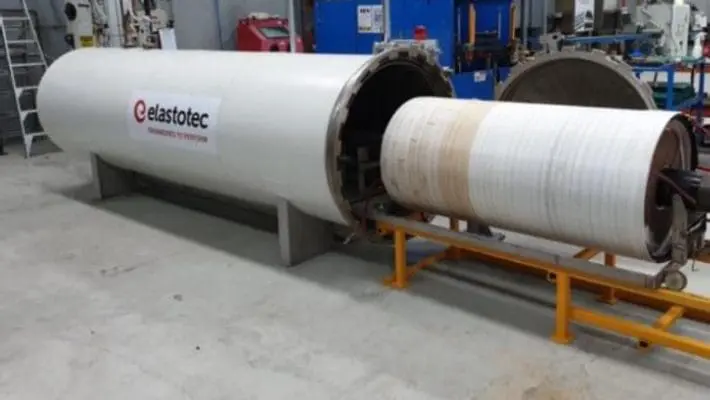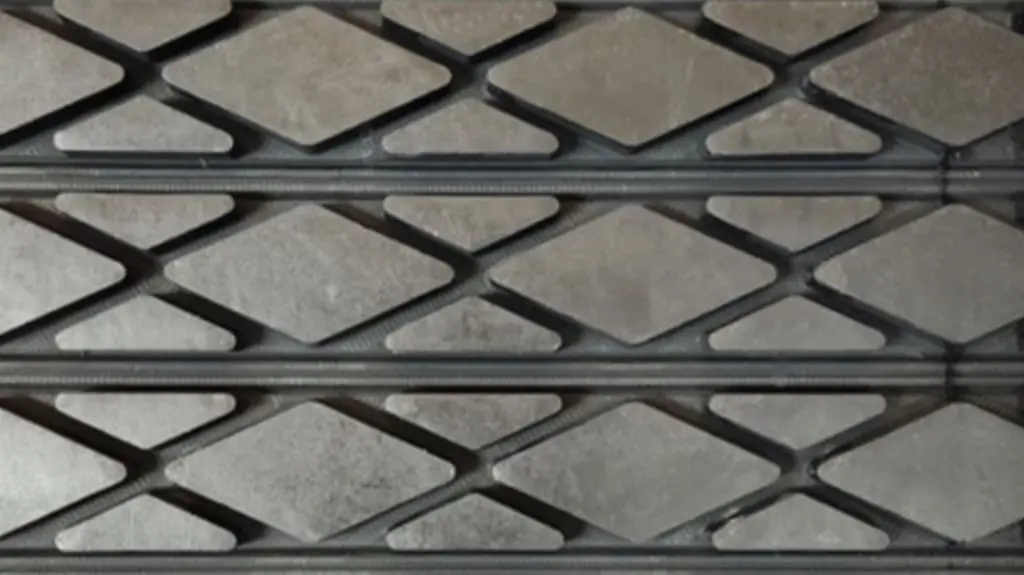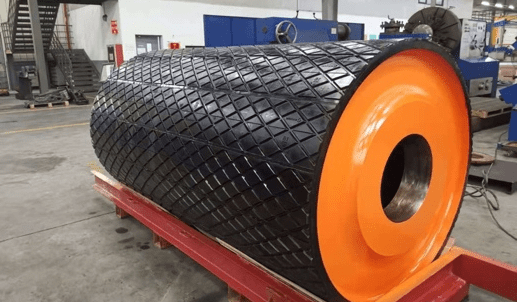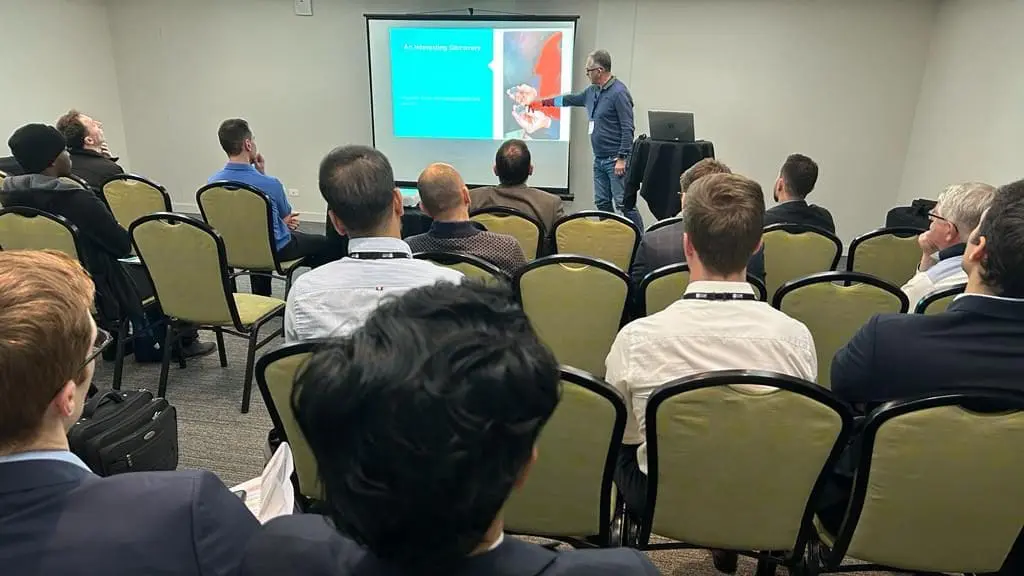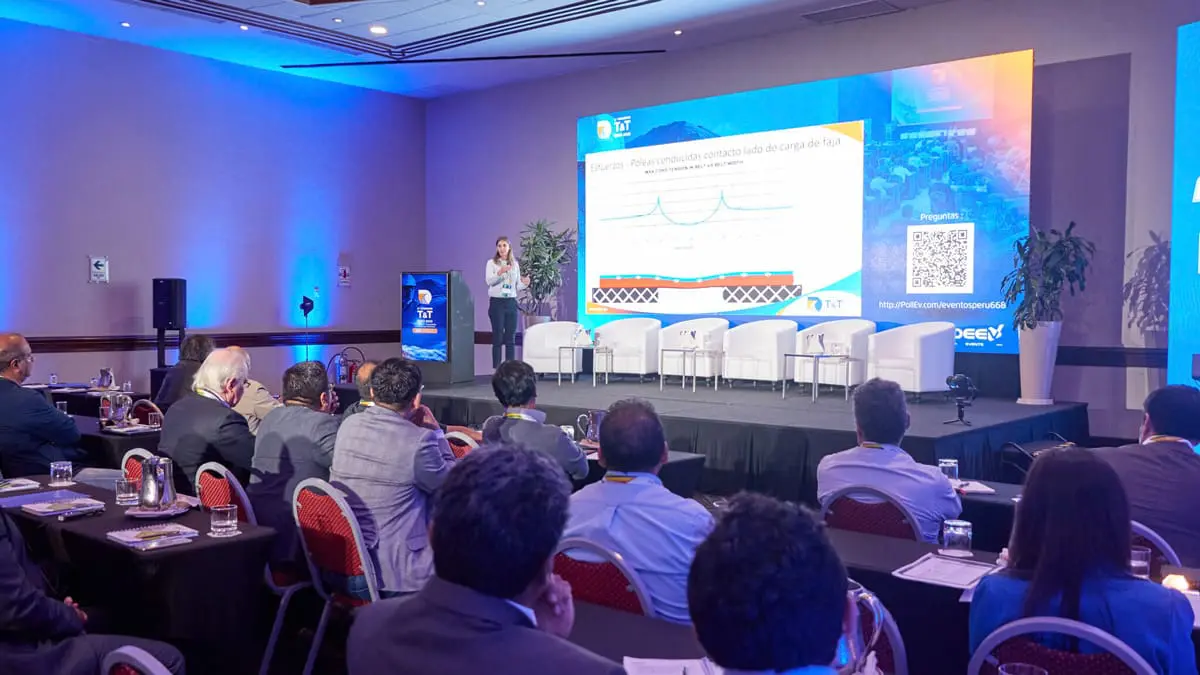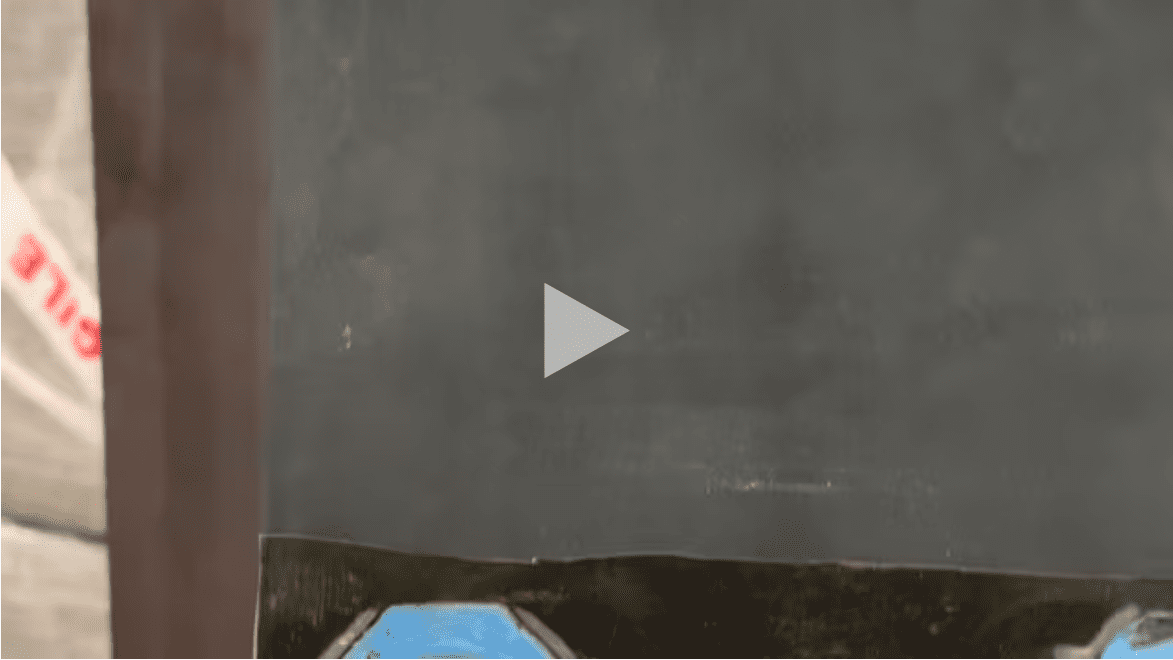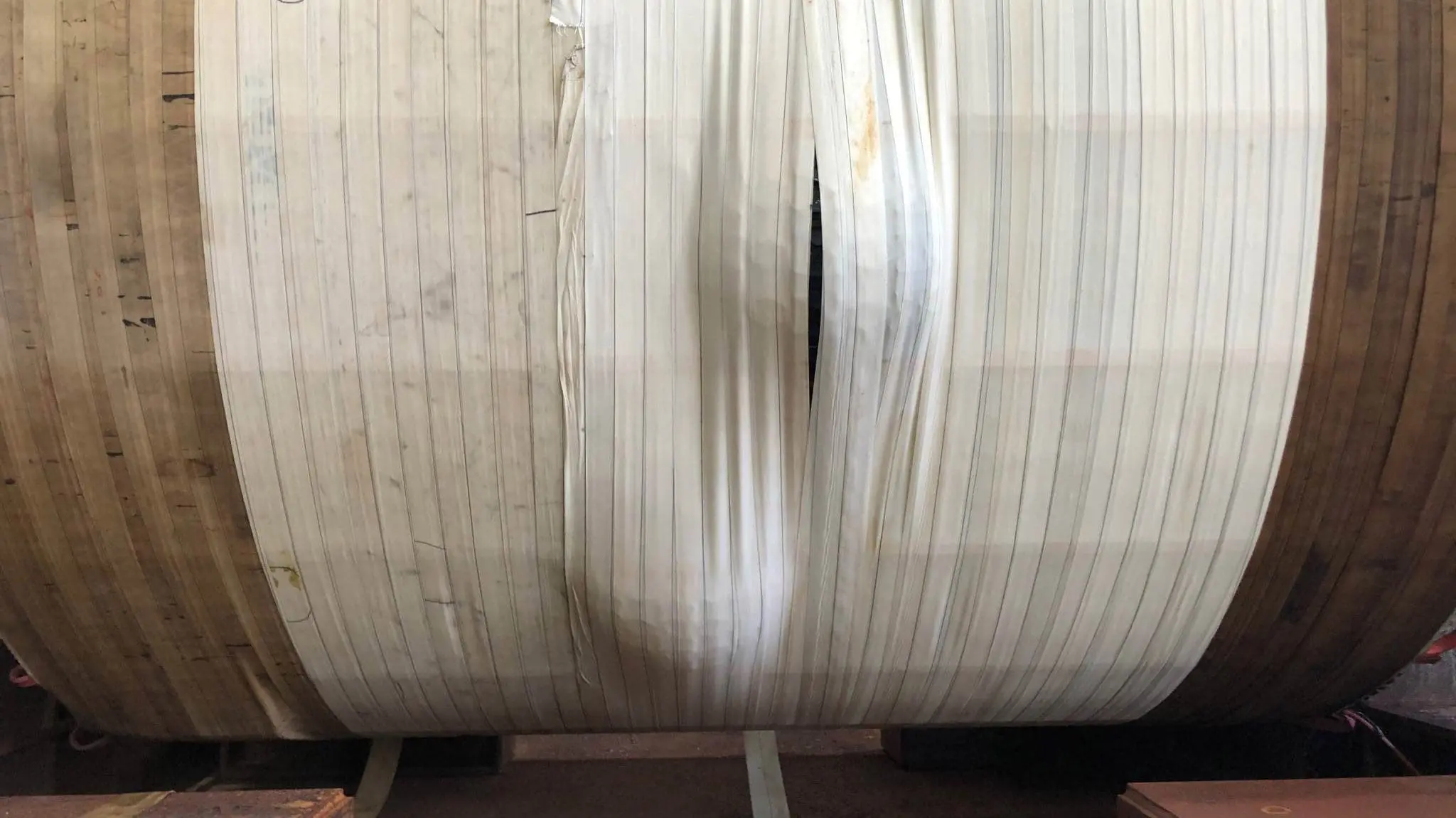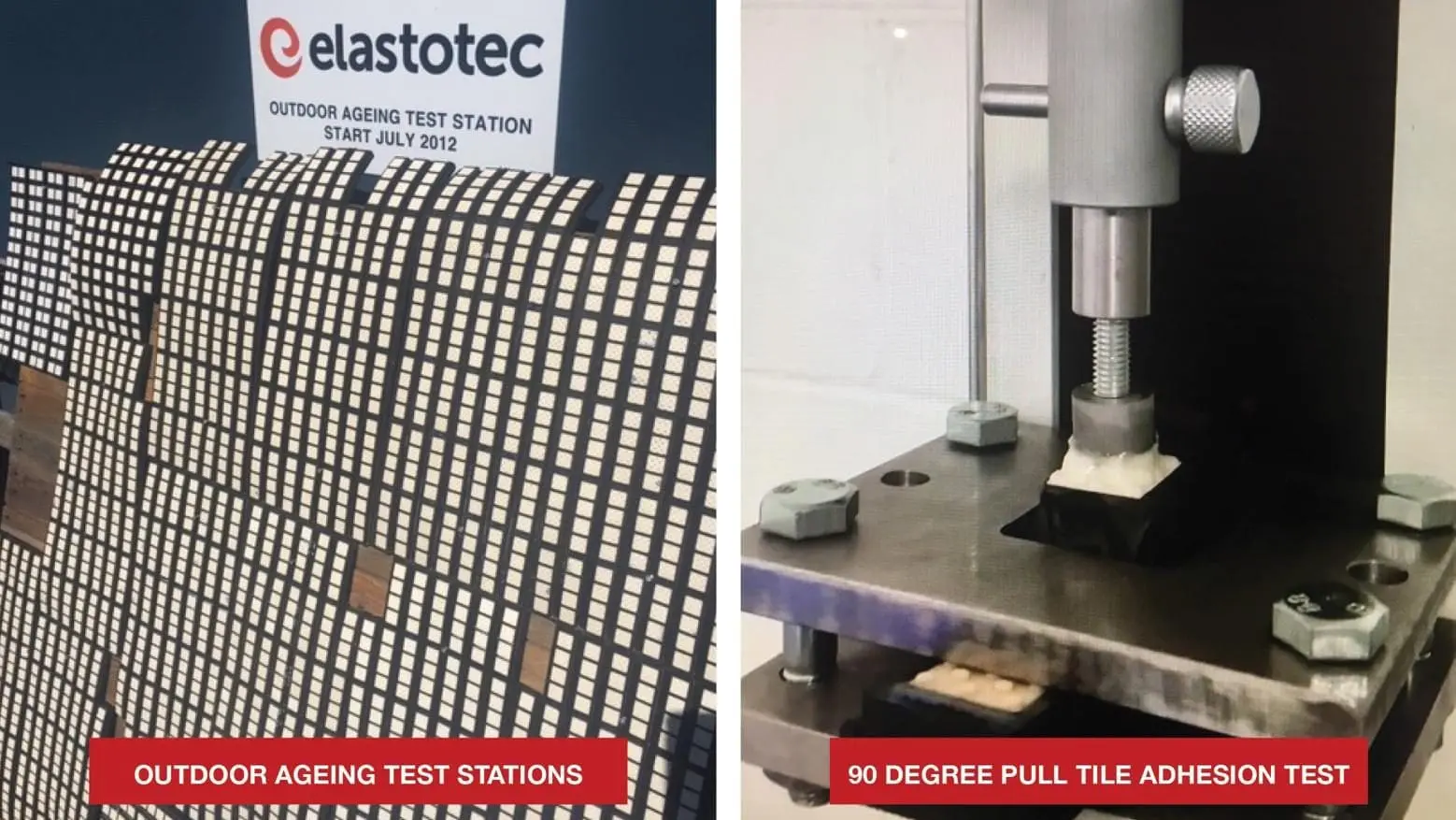Pulleys in contact with carry side of belt
Pulleys in contact with the carry side (dirty) of the belt have a different challenge to all other pulleys on the conveyors. Lagging on these pulleys is in contact with the thick b
Conveyor Belt Bottom Cover Failure From Idlers and Pulleys
Excessive wear on the belt bottom cover resulting from improper idler arrangement and ceramic pulley lagging can lead to early belt failure and unplanned downtime. This paper discu
Theoretical Model to Evaluate Belt Wear Effects on Lagging Stress
Overland Conveyor Company was contracted by Elastotec Pty Ltd to develop a theoretical model to study the effects of conveyor belt cover wear on pulley lagging as a part of their R
Pulley Lagging Selection and Performance Optimisation
Elastotec is thrilled to announce our recent participation in the 14th International Conference on Bulk Material Storage...
Pulley Lagging Selection and Performance Optimisation
Abstract : In belt conveying, pulley lagging is the source of necessary friction for power transfer.
Improvements in Wear Liner Technology
Abstract: In bulk materials handling, areas prone to high wear are lined with wear-resistant materials that operate sacrificially and require replacement
Hot vulcanising vs cold bonding for pulley lagging application – what are the differences?
This technical bulletin provides details on the differences between hot vulcanized lagging and cold bonded lagging, and how these differences impact the end use performance.
Prevention of blisters in steam heated autoclaves
This technical bulletin will outline the causes of blister formation and will detail a series of simple steps that can be implemented to prevent this problem occurring.
Friction is not Friction
Experts from Elastotec and the University of Newcastle explain the why it is vital to understand the coefficient of friction between the pulley lagging and the belt for optimising
Hot vulcanised v’s cold bonded lagging
The Elastotec aim is no pulley failures due to inadequate pulley lagging. Compare the difference between cold bonded and hot vulcanised lagging to see that hot vulcanised lagging i
Pulley lagging performance engineering analysis
Pulley lagging has historically been treated as a consumable and replaced when there’s a failure, without much further analysis other than historical experience. Mariana Ballestr
Engineering analysis to lagging performance
Elastotec, a specialist in pulley lagging, has partnered with TUNRA Bulk Solids and the University of Newcastle to better understand how close to the fatigue limit lagging is opera
Rubber Lagging for Critical Conveyors – Avoiding Problems
As conveyors have increased in capacity, the amount of power being transmitted though the rubber lagging has also increased. As a result, we are now seeing failures of rubber laggi
Lagging Selection: Hot Vulcanised Vs Cold Bonded
Lagging Selection is key to obtaining the best possible lagging performance and a recent visit to a pulley refurbishment facility emphasised this with three pulleys on the floor �
A deeper understanding of conveyer pulley friction
Experts from the University of Newcastle and Elastotec investigate the emerging issues around pulley friction, the complexity of the issue, and the failures that may result.
Lagging Selection – One of the 4 Pillars of Lagging Performance
Lagging can be of good quality and application can be correct, but lagging can still fail and does. Everything seems right but the lagging still doesn’t perform to expectations.
Outdoor ageing performance of Elastotec Ceramic Lagging
Ceramic lagging is widely used in applications that require increased levels of grip and long service life.
Elastotec Extreme Rubber Lagging
Elastotec extreme diamond rubber lagging is designed for drive and non drive pulleys that require extended service life.
Elastotec adhesion testing
At Elastotec, we engineer lagging solutions that keep conveyors running. Here are some causes of lagging failure.
Elastotec Direct Bond Ceramic Lagging
Elastotec Direct Bond Ceramic Lagging - application system designed to improve adhesion consistency, reduce lead times, reduce glue wastage and labour time.











